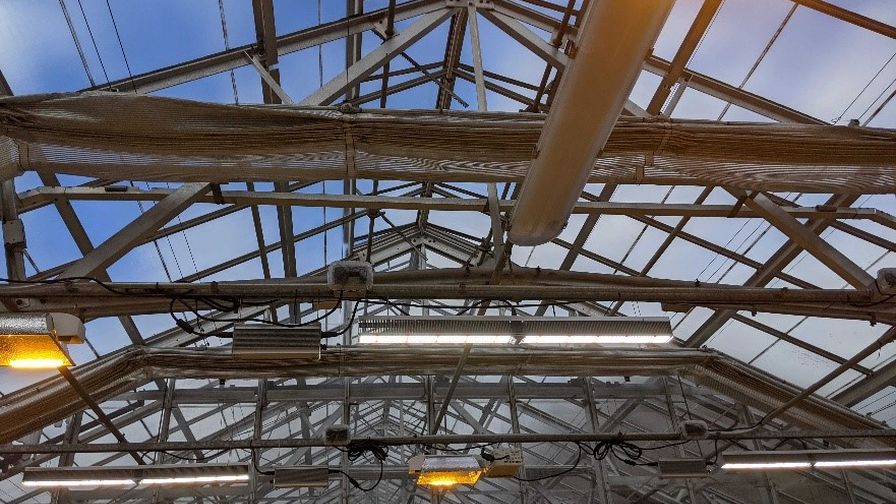How to Win Your Retrofit with California Market Access Programs

Photo: Gretchen Schimelpfenig
Growers in California with existing facilities have $150 million available through a new state-wide program. The California Public Utilities Commission launched the Market Access Program (MAP) in 2022 to increase grid reliability and achieve energy savings through retrofit projects. The more energy saved during peak hours, the greater the incentive.
Greenhouse operations can advantage of the program to buy down the upfront cost of retrofit projects in existing facilities.
What Projects Count?
Any retrofit projects qualify for the Market Access Program. Equipment replacements in existing greenhouses like replacing fluorescent or high-intensity discharge lighting systems with LED, installing more efficient HVAC equipment, or upgrading controls to save energy with dimming or DLI controls all qualify for MAP program participation.
Growers with existing high-pressure sodium, metal halide, or ceramic metal halide lighting systems are encouraged to participate in this program, as it is the best way for growers to get incentives for upgrading to LED horticultural lighting in California.
Am I Eligible?
- Projects must be pre-qualified with a MAP program aggregator, like ERI.
- Businesses must have an active account with a California utility.
- Businesses need to have at least one year of utility bills for the facility’s electric meter (SAID) and must plan to operate at that location for the next 12 months.
- Business must not have received any rate payer-funded energy efficiency program incentives in the past 12 months and agree not to participate in any CPUC ratepayer-funded energy efficiency programs over the next 12 months at the electric meter associated with the retrofit project.
- Businesses must not have on-site power generation systems (like solar panels, or battery storage). Businesses agree not to install any on-site generation equipment for the next 12 months.
- Businesses that rent facilities must have authorization from the property owner or property management company to implement upgrades.
- The facility must possess its own unique electric meter (i.e. no “behind the meter” submetering).
How Are Savings Estimated?
The estimated savings and incentive payments are based on true grid level savings as seen at the electric meter for the year after retrofit projects are completed. Aggregators develop custom energy models specific to how you operate your facility. This allows them to identify and claim as much energy savings as possible given the constraints of your operation and energy usage over the last 12 months. Once these calculations are approved by the utility, they set aside 120% of the funds in case the estimates are exceeded and energy savings increase. It is also worth mentioning that there is no penalty for underperforming in the off chance that achieved energy savings are lower than anticipated.
How you operate the new equipment impacts actual savings achieved; an increase in electric load will decrease the incentive amount, and a decrease in electric load will increase the incentive amount. Incentives are capped at 120% of the initial savings estimate.
When Do I Get Paid?
Projects must undergo verification for one year after install. Depending on your energy supplier, there are either four quarterly payments with one final true-up payment, or three trimester payments with one final true-up payment. Since the utility will take up to 37% of the incentive for administration fees, growers will receive their first payment during the second stage of verification (approximately six months post-install).
How Long Will It Last?
Projects need to be installed by August 2023 to access the initial funds. Recently the program was extended through March 2024.









